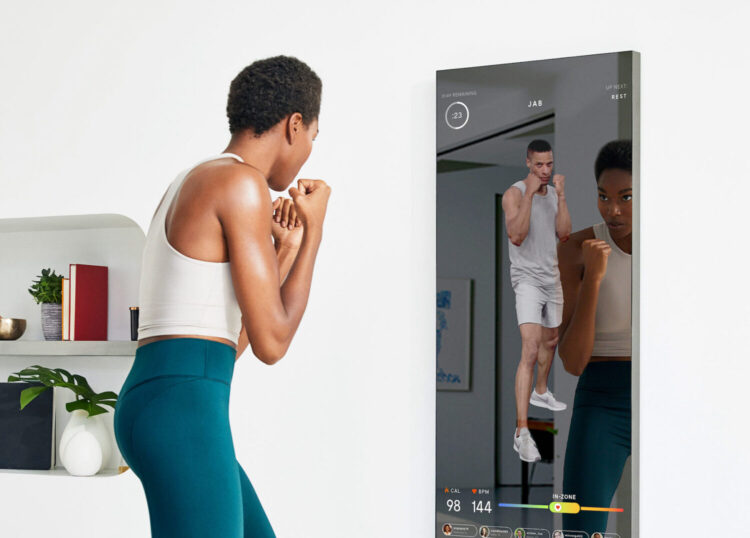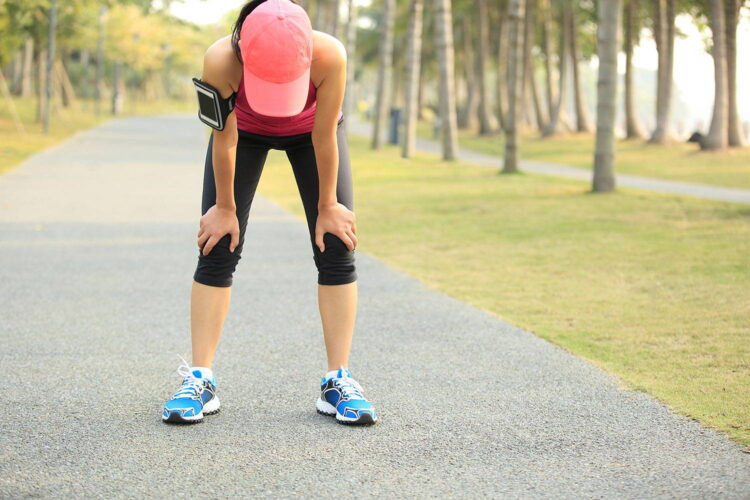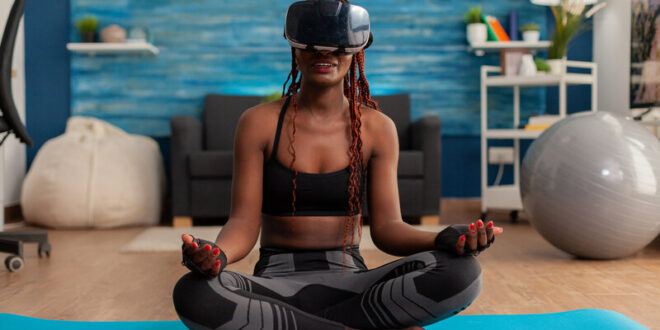There’s nothing wrong with old-school fitness, like running, lifting free weights, and doing aerobics. These activities require little in the way of specialized clothing or equipment, and they get the job done. You might not receive a digital readout, but you still lose weight, increase muscle strength, and build cardiovascular capacity.
That said, 21st-century technology can give your wellness efforts an undeniable boost. It can focus your efforts, provide constructive feedback, and take your fitness to the next level. All you need to know is what’s out there and what it can do for you.
While old school has its place, a little new school will take you further faster. Here are four ways you can use some of today’s tech tools to fine-tune your fitness routine.
1. Suss Out Your Sustenance

Since time immemorial, weight management has been a matter of calories in versus calories out. If you maintain your current activity level and eat less, you’ll lose weight. If you eat more and your activity level doesn’t similarly increase, you’ll gain weight — simple as that. But if the goal of your fitness routine is to build muscle, tone, and endurance, you’ll need more information. Exactly what kinds of calories you’re consuming makes all the difference.
You could keep a food journal, jotting down the nutritional information for everything you eat and drink. Then you’ll need to calculate values, such as carbs, proteins, fats, sugars, and vitamins. Unless you employ technology, this will take a lot of time and effort.
So swap the journal for an app that does all that work for you. The best macro tracking app will even let you simply scan labels to calculate macronutrients and micronutrients. Plus, it will translate those into meaningful information you can use to make your nutrition align with your individual fitness goals.
You know the key to optimal fitness is feeding your body with everything it takes to keep you functioning well. Tracking what you’re taking in and how that’s affecting your performance helps you adjust your diet as necessary. You can lift weights on your own (or with a spotter), but leave the heavy nutritional lifting to tech.
2. Add Some Virtual Vim and Vigor

Having a consistent exercise routine is a good thing — or is it? While regularly scheduled exercise is a definite positive, monotony is the killer of productive workouts over time. To keep your fitness routine exciting, spice it up with some variety.
Sure, you could alternate leg days with upper body days, running with weightlifting, and so forth. You could join a spin class or rope a buddy into making those 5 a.m. runs with you. Or you could really dial up your routine by donning a virtual reality headset and putting yourself into the game.
There are a growing number of VR headsets out there, which means they’re becoming more and more affordable. Combine that accessibility with an expanding availability of apps, and you’re sure to find a great workout you can enjoy. There’s baseball, boxing, ballet, and basketball — and that’s just one letter of the alphabet!
VR also provides an opportunity to compete against other people, which might be what’s missing in your normal routine. There’s nothing better than a head-to-head challenge to make you push yourself a little harder. Just be sure to relocate the furniture and give yourself plenty of room to move.
3. Hire an AI Trainer

You know how much knowledgeable personal trainers can add to your fitness routine. They coach you through your workout. They push you to push yourself. They correct your form so you can avoid injury and achieve optimal results. But what if the power of artificial intelligence could do all that instead?
A lot of fitness equipment already uses AI, such as smart workout cameras that record movements and count your reps. That kind of data collection is what gives AI its fitness-enhancing power. It records where you are and can devise workout plans that can take you where you want to go.
Then again, AI may be most helpful when used by personal trainers. Trainers can pull and analyze data collected on all their clients to better inform their expertise. Then they can use that information to improve custom workout plans for every client.
You shouldn’t give your trainer the heave-ho yet. Without emotion and intuition, AI misses a lot of signs and opportunities a human trainer will use to your advantage. But it could fill in on those days when you’re working out on your own.
4. Recover Better

You know that your workout routine is improving your performance, strength, and endurance. Equally important is your recovery after you’ve put in your time and energy. Your body needs to rest, rejuvenate, and rebuild itself after you’ve put it through its fitness paces.
A little stretching, heat, or ice used to be about the only remedy for weary bones and muscles. But today’s technology offers an array of recovery tools you can use between workouts. Most of them aren’t digital, but they’re effective nonetheless.
Many recovery tools are devices invented from the culmination of years of research and development. Think deep-tissue rollers, acupressure mats, compression sleeves, and massage guns. You can also replace ice packs and heating pads with a device that will do either with a flip or a switch.
They’re all designed to relieve the stresses you put your body through. And that’s no small thing. If you can’t get your body back into form after your last workout, your next one will be lackluster. Worse still, you’ll be leaving yourself vulnerable to injuries that will hinder your performance.
Tune Up With Tech
You probably use technology — from accounting software to project management tools to ChatGPT — to improve your work performance. Why not use it to improve your fitness performance? Take a closer look at what’s on the market today. You’re bound to find tools you can use to get the most out of your commitment to fitness.
 Hi Boox Popular Magazine 2024
Hi Boox Popular Magazine 2024



